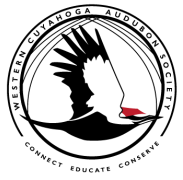Talking about habitat, Earth's greatest stages for nature's singers and the life work of Lisa Rainsong, composer, singer, teacher and naturalist with Nancy Howell, Board Member, Western Cuyahoga Audubon.
Listen to the complete interview on SoundCloud above.
Teaching People About the Music of Nature
Nancy Howell: I’m Nancy Howell and I’m with Western Cuyahoga Audubon Society and I have a really spectacular friend here, Lisa Rainsong, a musician and artist who just loves sound and the sounds of nature. I want to talk with her about how we, as humans, perceive the music of nature and how she got interested in this. Dr. Rainsong, I’m so glad that you’re here! Lisa Rainsong: Thank you so much! My background is, I’m trained in music, I have three degrees in composition and my training is as a composer. I did my doctorate just right around the corner at the Cleveland Institute of Music and I teach there now, I’ve been teaching there for quite a number of years in the theory department, so I do classroom teaching. Another part of my musical work is I’m a professional soprano. I sing early music, that would be medieval, renaissance, baroque music and I sing with Quire Cleveland, which is a professional ensemble here in Cleveland and I absolutely love it but that’s just part of my musical life. Another part of my musical life, is teaching people about the music of nature. Now what I do in my classroom teaching is ear-training. This is a part of my work as a music theory professor: teaching people how to listen, identify what they hear, notate what they hear, reproduce what they hear. Now I don’t have all that included for the people who are not musicians, they don’t have to write it down or sing it back, not usually, sometimes I ask them to, but I sure get them to listen. So what I decided I wanted to do is to somehow connect people through ear training and through listening to the music of nature. Because the more people listen, the more they appreciate what they hear, the more they appreciate and are aware of what they hear, the more they want to protect it. Nancy Howell: That’s fantastic! Please don’t ask me to sing back any sounds that I’ve heard! I’m a terrible singer!
Manmade Noise Impacts Nature
[00:02:29] Nancy Howell: Have you ever been to a place that has absolutely no manmade noise? Where everything is natural? Lisa Rainsong: In general, I would have to say no. Because they don’t exist. I’ve been to places where there have been periods where I don’t hear any human generated sound. But, sadly, that’s not here in Northeast Ohio. This has such a huge impact on all wildlife. Favorite Seasons of the Year [00:03:05] Nancy Howell: Yes, that’s what I understand. I’ve been out in all seasons - summer, fall, winter - and sometimes winter is an awesome time especially if there’s a blizzard going on and everybody’s indoors. You’re outside and you can hear the snowflakes hitting the ground and hitting the trees! Do you have a favorite season? Lisa Rainsong: Actually, my favorite season is late summer and that’s because I love the music of the singing insects - the katydids. I think there’s nothing that delights me more than being out in a meadow on a hot, August night listening to the whole chorus of insects all around me. Sometimes when I’m out there doing survey work and field recording, the clouds will part from the moon and suddenly I will hear an Owl and then, I will hear the coyotes all start howling. I’m just right there in the middle of Earth’s first music. It’s a feeling of such peace and connection and that’s what I want to get across to people.
On Field Recording
[00:04:24] Nancy Howell: So, you do recordings, then? Out in the field? Lisa Rainsong: Yes, I do field recording. Nancy Howell: What kind of equipment do you use to catch the sound of the insects? Lisa Rainsong: What I use, and I use this for the birds as well, I have a shotgun microphone and a handheld recorder and my headphones and that’s basically all I use because what I record I can then upload and get that across to people on my blog and Facebook and really on just about any platform. Engaging Families and Youth [00:04:56] Nancy Howell: Do you work with families, kids and inner city kids, and just giving people an idea of knowing what is out there in the natural world as far as sound? A lot of kids I work with often talk about “noise” - bird’s “noise”. Rather than “song” or “sound”. To a lot of inner city kids everything is noise. How have you worked with youth helping them to get more comfortable with the natural sounds? Lisa Rainsong: So far, I haven’t had a lot of difficulty with that because when I do programs it will be open to everybody and parents will come with their kids. There will be a lot of people of different ages. Basically, if I’m doing something with singing insects, which they really like, I give everybody a jar and they catch stuff and proudly present it to me! I teach them how to identify a meadow katydid, and if it’s a boy or a girl they’re so proud and happy! They don’t seem to be afraid of those sounds but I know that inner city kids are going to perceive that a little differently because some of it’s very unfamiliar. Nancy Howell: One of the fun things that Lisa and I have corresponded about is we were really happy about were the 17 year Cicadas that came out here in 2016 and that we were going to be sad when they disappeared. I’ve noticed their sound is really down now. I’m sad. I love that drone in the background and periodically the individual ones you hear. I do miss them already. Lisa Rainsong: My biggest consolation is that it’s right at the beginning of our annual insect singing season so I’ve just started recording the very first of our annual singers and we’re going to have a really nice transition. Nancy Howell: We need a little bit of rain and maybe that will help them.
Naturalist Certificate Program at the Cleveland Museum of Natural History
[00:07:00] Lisa Rainsong: I thought of something I really wanted to mention and I didn’t say it sooner. When I talked about my education, I talked about the Cleveland Institute of Music (CIM) and my degrees from Cleveland State University and CIM, but I didn’t talk about the other thing I did that was so important to me. That was the Naturalist Certificate Program at the Cleveland Museum of Natural History. When I first decided that I wanted to do something with music of nature, I thought, “Who’s going to take me seriously as a Music Theory Professor when I’m working with music of the natural world?” I thought, “That Natural Certificate program is new and I’m going to go and look into this.” I learned so much. I just wanted to say something about this program. There are the most wonderful naturalists at the museum and I learned a great deal and then I felt like I could go out and say, “I do both” and I’m putting these together. Nancy Howell: Yes, there are the academics and then there is the Naturalist Certificate program.
Mammal and Amphibian Sounds
[00:08:13] Nancy Howell: Well, when you’re out there in the field with a group of folks, you say you listen to sounds and hopefully find some of the singers, whether it’s insects or birds or mammals. Do you find any mammals? Lisa Rainsong: A little bit. The squirrels make sounds. And the chipmunks. But there’s also the amphibians. Nancy Howell: Oh, that’s right! Lisa Rainsong: So, the frog songs and the toad songs. So that’s a really fun season too. It’s not so long, but I love getting people out around a pond to see if they can find the singer.
How to Listen in the Field
[00:08:54] Nancy Howell: I love to tune in when I’m out in the field. Your senses: your eyes, your ears, your sense of smell and things like that, and I do really use my ears a lot when I’m out in the field. Mostly birding. People will ask, “How did you know to listen for that?” Well, something that’s different. You might hear something singing but then you might hear a chip note and what could that be? Is that what you listen for when you’re out in the field? Something that might be unique or that you hadn’t heard before? That you want to find out what the sound is? Lisa Rainsong: I definitely do that and the other thing I’m doing is listening to the interactions. If a bird did such and such, why? The more we listen the more we can learn about why they sang that song, in that location, in that moment. When I take people out on a hike for birdsong, I might call attention to a Song Sparrow that’s by a pond and I’ll say, “Watch, he’s going to sing when he lands on this perch.” But then when he flies, he’s going to land on another perch I could just turn my recorder on because I know he’s going to sing from that perch. He will outline all the important perches that define his territory. Nancy Howell: Are people amazed when you are able to determine all of these things that are happening? Lisa Rainsong: They’re excited! Nancy Howell: Because you are reading nature. I do a lot of the same things too if I’m birding. Maybe Starlings are giving their alarm call. I know to tune in. Hey, maybe there’s a Raptor coming by or maybe there’s a predator nearby. We tune in to so many other things that they’re doing - their behaviors. I’m not as knowledgeable about the insect sound but I’m going to be learning the insects. Unfortunately, there just aren’t enough of the insect sounds in our neighborhood. I’ve been trying to tune in to the summer insects but we’re not in the right habitat. I guess I have to go out to some places where the habitat is correct.
Habitat as a Concert Stage
[00:11:13] Nancy Howell: So, you mentioned earlier about the habitat and the insects in the fall, and you mentioned meadows. I noticed that you’re recording in a meadow, a field, in a wetland - there are different sounds? Take me through some of these different sounds and the different habitats. Lisa Rainsong: That’s such an important observation and that’s one of the things I like to emphasize in my teaching. Each habitat is a concert stage itself and each habitat has it’s own ensemble. A meadow does not sound like a forest. And if you’re in an edge habitat, your left ear might be hearing the forest and your right ear might be hearing the meadow. You could have two ensembles playing! They are each really distinct. One of the things people have trouble with, and especially with birdsong, they want to learn everything at once and they feel like they are absolute failures if they can’t memorize everything on a birdsong CD. So, I break it down and one of the ways in which I do, is by habitat and time of year. Then, they’re just learning one particular ensemble. If we’re out by a pond I’m going to have them learn Yellow Warblers, Common Yellowthroats, Song Sparrows and just maybe if they’re doing well, I’ll throw in a Warbling Vireo. Nancy Howell: And don’t forget the Red-winged blackbirds! Lisa Rainsong: They’re not going to be forgotten! One of the best things about the Red-winged blackbirds is they have all those other noises besides their, “Con-quereee!” which is, “All for meeee!” Once people learn all those other sounds they have no idea that is all Red-winged blackbird! As we’re by the pond, then we’ll start listening to each one of those variations one of those birds can make. I will emphasize, this is what that pond habitat sounds like with the shrubs around it, this is who’s going to be singing, listen for their different songs instead of focusing on trying to learn the Warbler that passes through for thirty minutes in May. One of my favorite habitats for birds - and again I love the meadows - those are such special habitats because that is where we have our Bobolinks, that’s where we have our Meadowlarks, our Song Sparrows and that is a habitat that so needs to be protected.
Habitat Protection
[00:13:55] Nancy Howell: Yes. A lot of habitats need protection themselves and also from the noise pollution. The mowers and the things flying over, the planes and the helicopters. Anthropogenic noise, human made noise. I think a lot of people hear it in the background but once you start thinking about it you realize it’s all around us. I think if we have the opportunity to tune that out, to get rid of it, I think people would enjoy nature much more. Lisa Rainsong: I think nature would enjoy nature a whole lot more too! Nancy Howell: I agree! I understand some organisms are affected by human made noise. I’m just wondering how we might be able to get involved with perhaps some kind of legislation or just writing to somebody saying, “let’s bring the noise level down. Don’t put that road in there. Don’t allow all terrain vehicles in this particular forest. Because the noise can disrupt so many organisms. Lisa Rainsong: I think that’s absolutely right and another aspect of that is that people are not necessarily aware of the amount of noise there is. That’s because we tend to block it out. But when I’m recording with my microphone, that microphone does not lie. In my classes, and I don’t spend too much time because I don’t want to get people too depressed, but I will always play something that shows noise and bird trying to sing over it and it won’t be edited so people can hear the actual amount of truck or traffic noise and the Red-winged blackbird song. I mean a Red-winged blackbird whose song is practically lost in noise? How could that happen? And they can see the sonogram that shows the noise. We will hear the noise but we will not hear it as loud as it really is. The microphone is not going to edit! I don’t edit - people get the true story. I think that part of it too is that we as individuals need to be mindful about the noise we make. All of our big mowers and equipment like that are hugely disruptive. Even our snowblowers! We’re not going to be hearing those snowflakes you mentioned.
What is a Sonogram?
[00:16:43] Nancy Howell: Now you mentioned something called a sonogram. Describe that a little more. I’m not sure what that is. Lisa Rainsong: A sonogram is the visual representation of the sound I record. When I record, I play it back and I listen and I see it moving across the screen. I see actual frequencies, how loud they are, how high and low they are, I’m seeing frequencies in time. That is the musical score of the birdsong, for example. I like to use that in my teaching too because people listen but when they see what a Yellow Warbler’s song looks like that will help them remember it better.
Nancy Howell: Now you mentioned the park mowing. Maybe something as simple as contacting the park district and saying this might not be the best time to mow. Push it back a few weeks, or a month, or maybe not every year. Sometimes parks think everything needs to be mowed every week or every year.
Once you have the science and the knowledge of what’s here, what’s nesting and when they’re finished, maybe it’s something as simple as that. Lisa Rainsong: Greater Mohican Audubon had great success with that at Byers Woods in the Ashland Park District. It’s a landfill that is now closed covered with grassland and nesting Bobolinks. They used to mow too soon and Greater Mohican Audubon got behind getting that pushed back a little and they did that by having the Bobolinks and Butterflies at Byers Woods Festival every year. It also thanks the Ashland Commissioners for extending the season and that place is so full! Nancy Howell: What a great way to let people know that you’ve got these great birds and butterflies in this particular park and you can educate them with this information. What a great example of know what you have, add the science, and educate that all go hand in hand. This has been wonderful and we have to get out in the field. Thank you so much! Lisa Rainsong: You are very welcome! View PDF: The Music of Nature with Lisa Rainsong
Make A Donation to Western Cuyahoga Audubon. Your gifts guarantee chapter activities, programs and research continues to reach members and connect birding conservationists around the world. Use our safe and secure PayPal payment button below to make a donation of any amount you choose. All donations are gratefully received.
Comments
|
Story BlogThe Feathered Flyer blog publishes human interest stories about birding and habitat conservation. After watching, ‘My Painted Trillium Quest' by Tom Fishburn, Kim Langley, WCAS Member said, “Wonderful! It was a lift just knowing that such a site exists and is being protected!”
Media LibrariesQuarterly NewsletterSTORIESPodcastsWCAS is a proud member of The Council of Ohio Audubon Chapters (COAC) and promotes chapter development by sharing the best practices, brainstorming solutions to common problems, and building relationships in workshops and retreats. Subscribe
VideosYouth
Advocacy
Clean Energy
Reporting
Awards
Volunteerism
Take ActionResourcesBlogsArchives
October 2023
Categories
All
|
EDUCATENews Blog
Monthly Speakers Field Reports Bird Walk Reports Christmas Bird Count-Lakewood Circle Media Library Newsletter Archive Education Resources STORE |
Western Cuyahoga Audubon Society
4310 Bush Avenue Cleveland, Ohio 44109 [email protected] Western Cuyahoga Audubon Society is a 501(c)(3) nonprofit organization. Your donation is tax-deductible. The tax ID number is: 34-1522665. If you prefer to mail your donation, please send your check to: Nancy Howell, Western Cuyahoga Audubon Treasurer, 19340 Fowles Rd, Middleburg Hts, OH 44130. © 2020 Western Cuyahoga Audubon Society. All rights reserved. Privacy Policy | Terms of Use | Legal | Store Shipping Rates | Site Map |

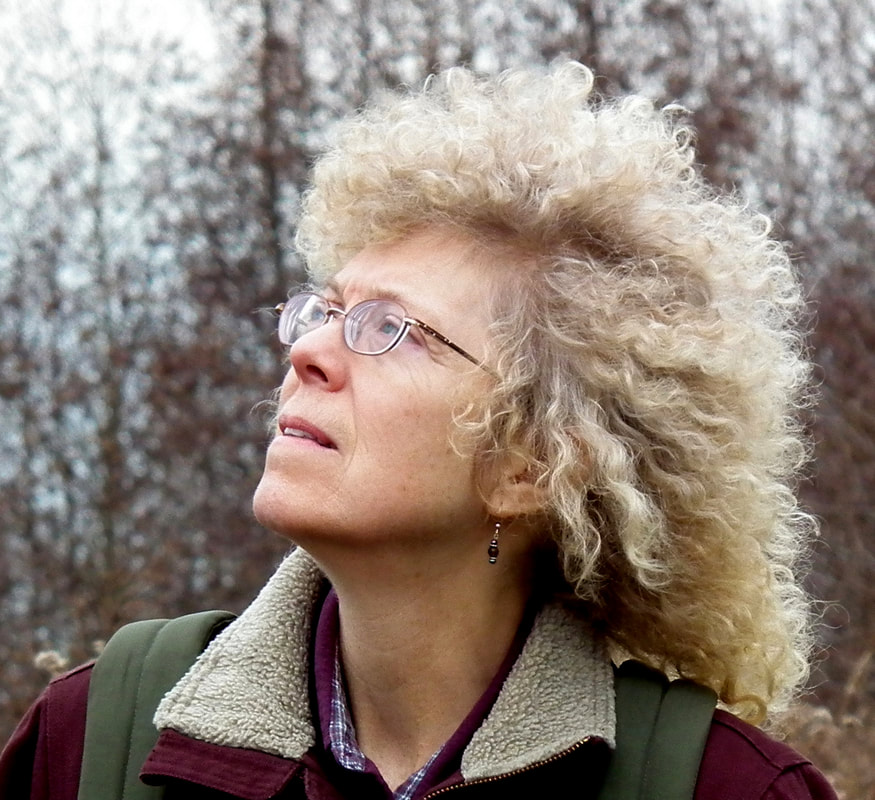
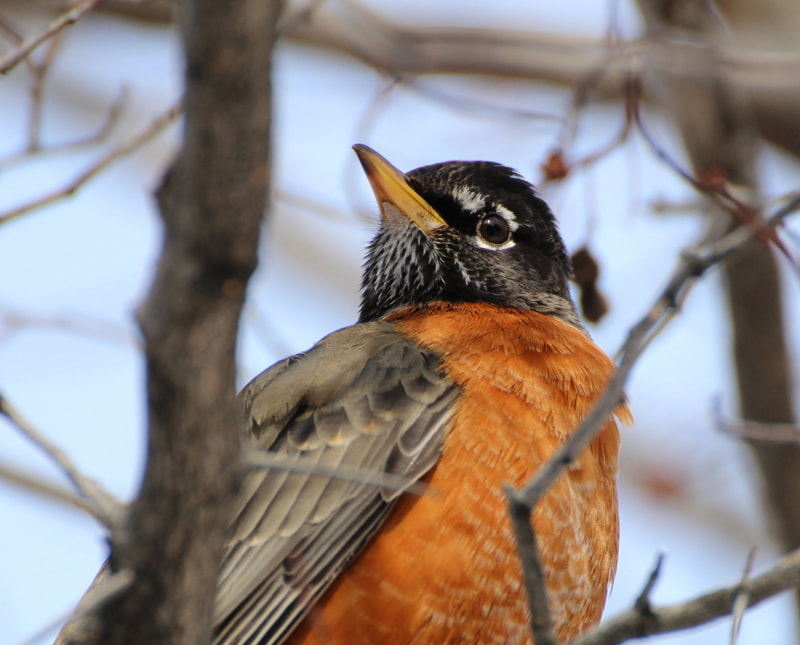
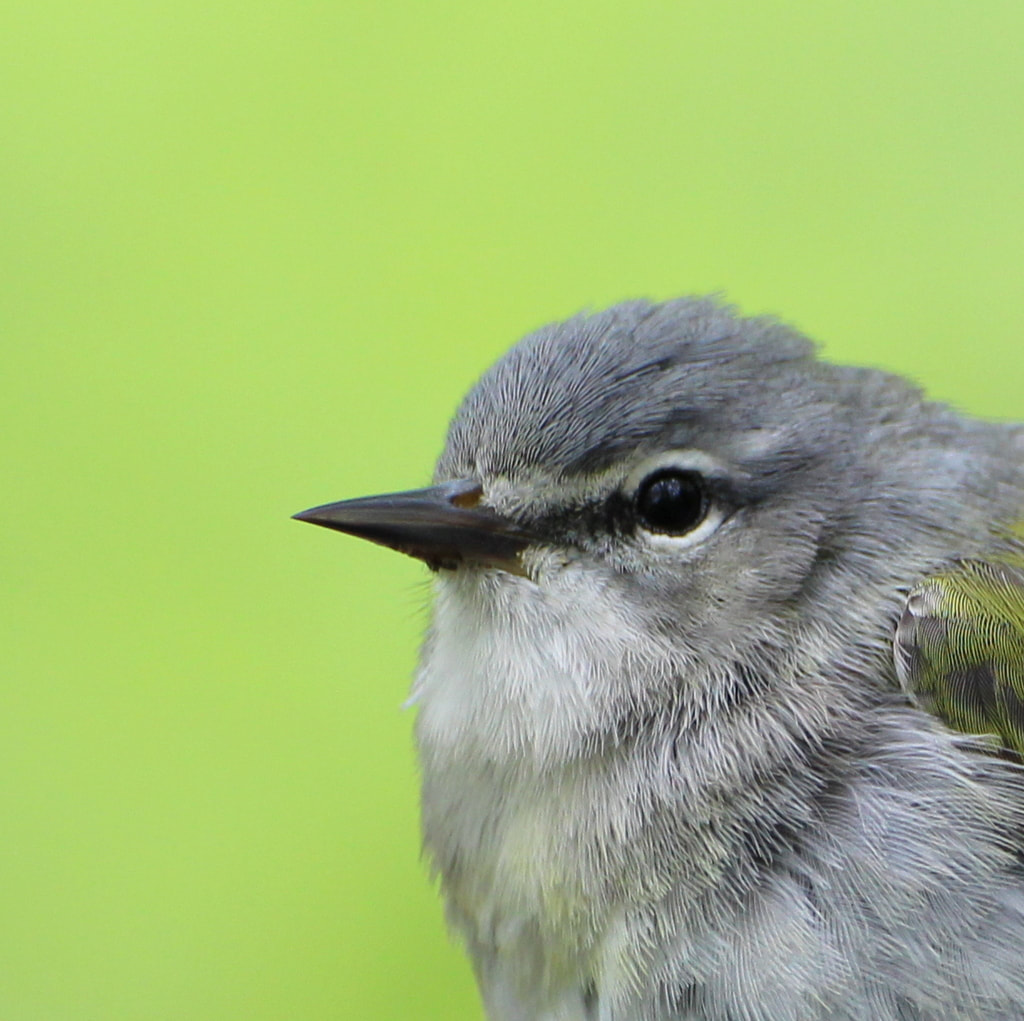

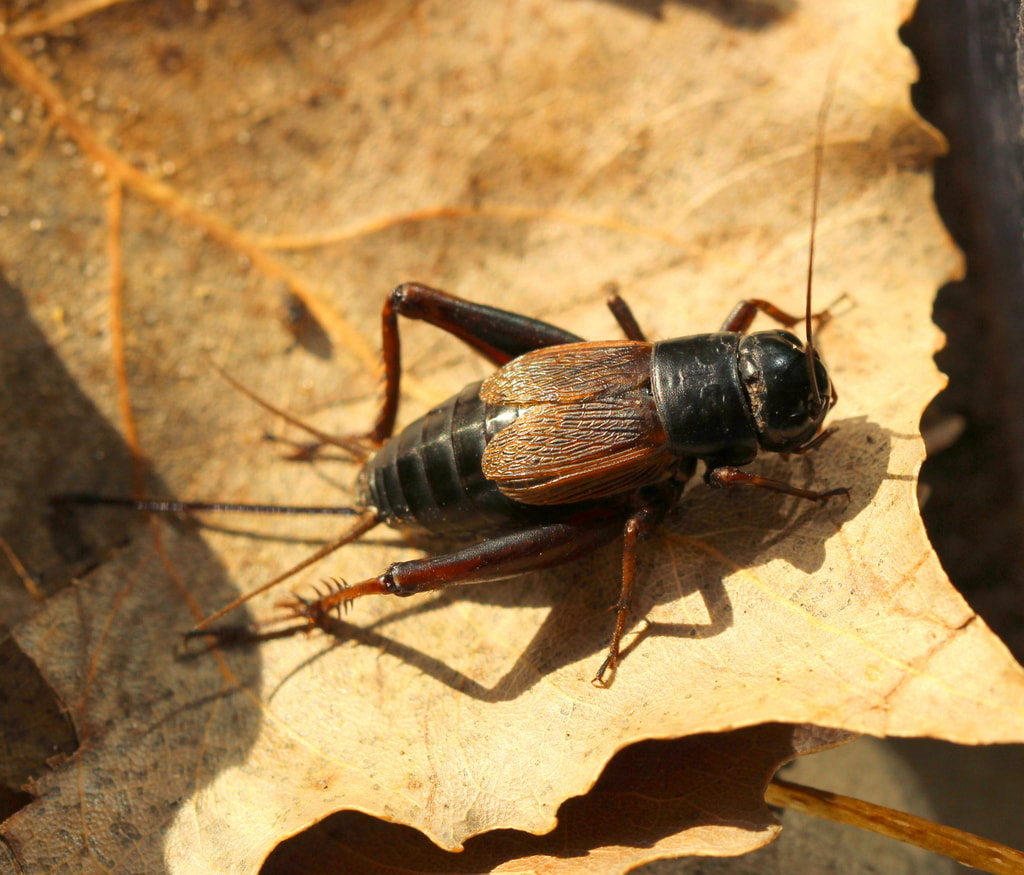
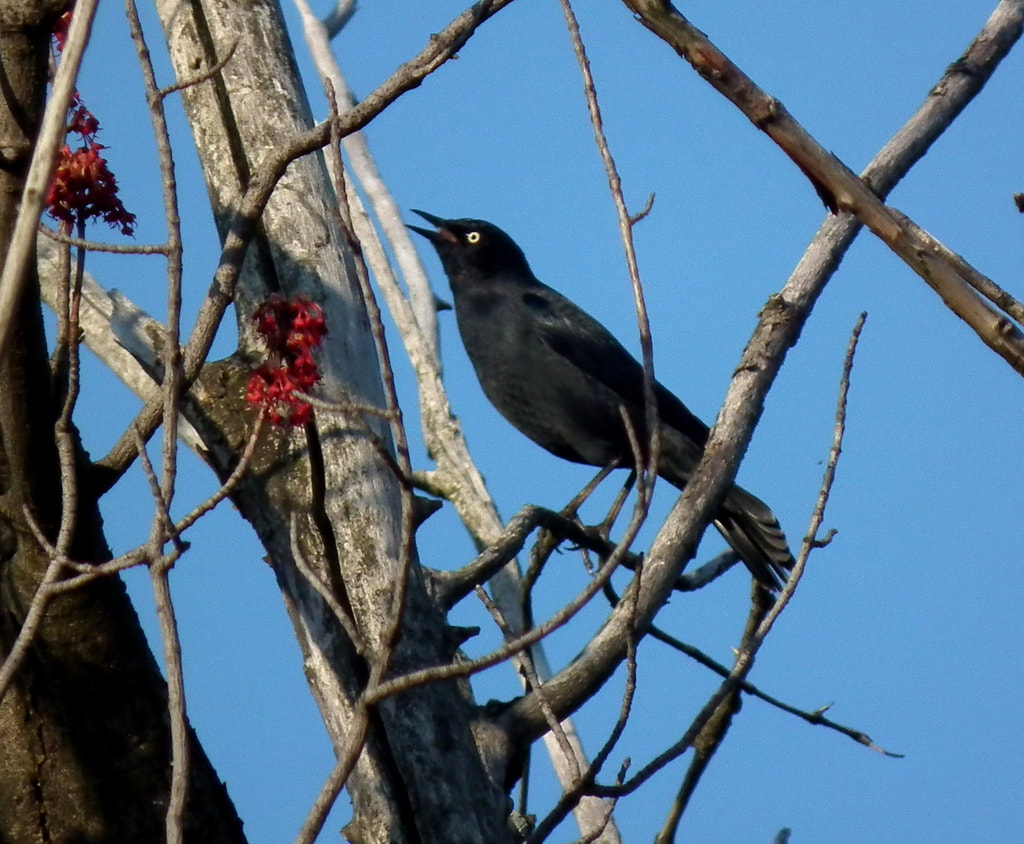
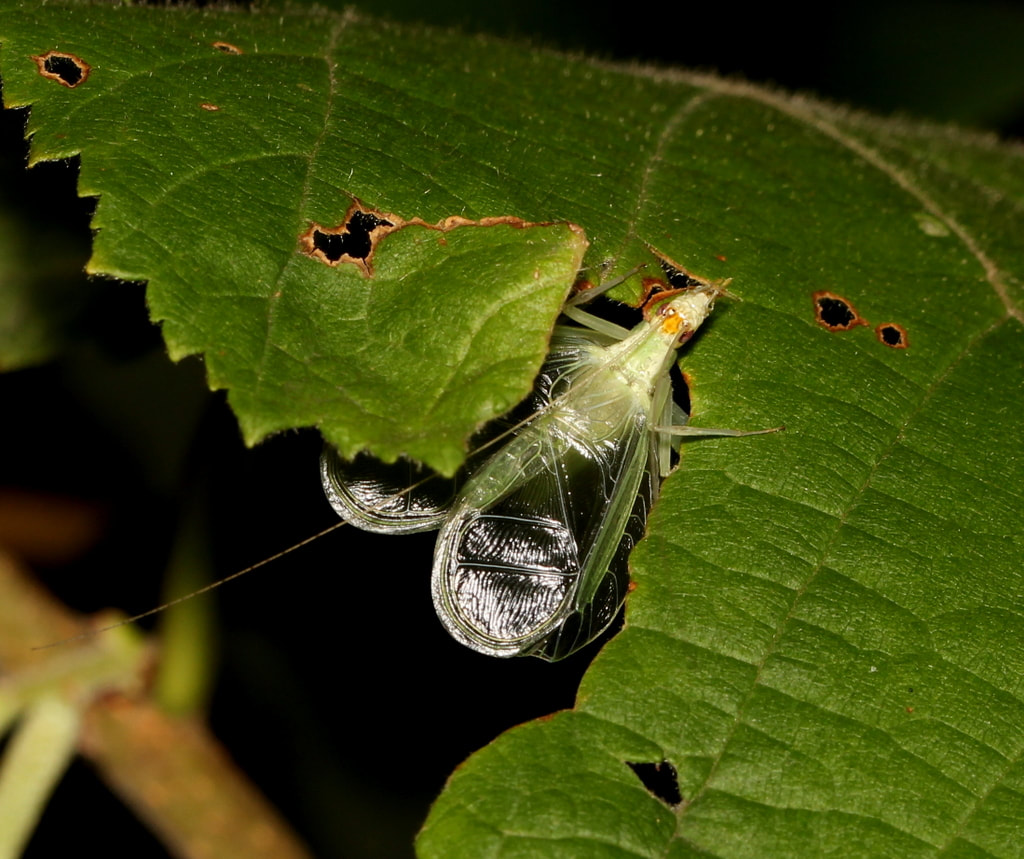
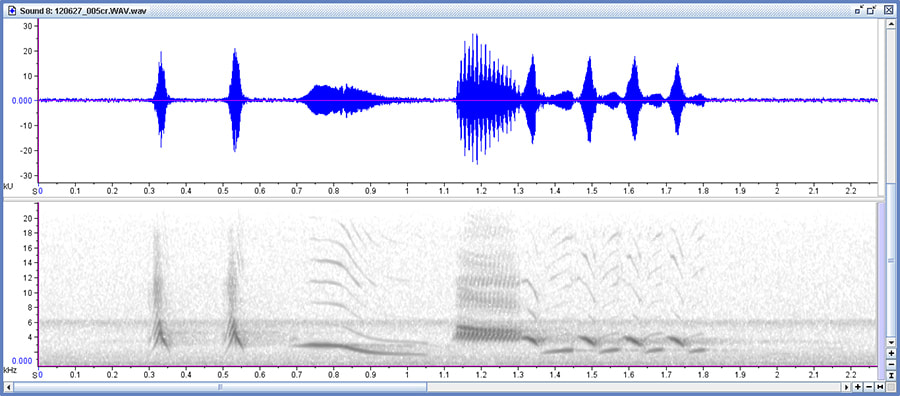
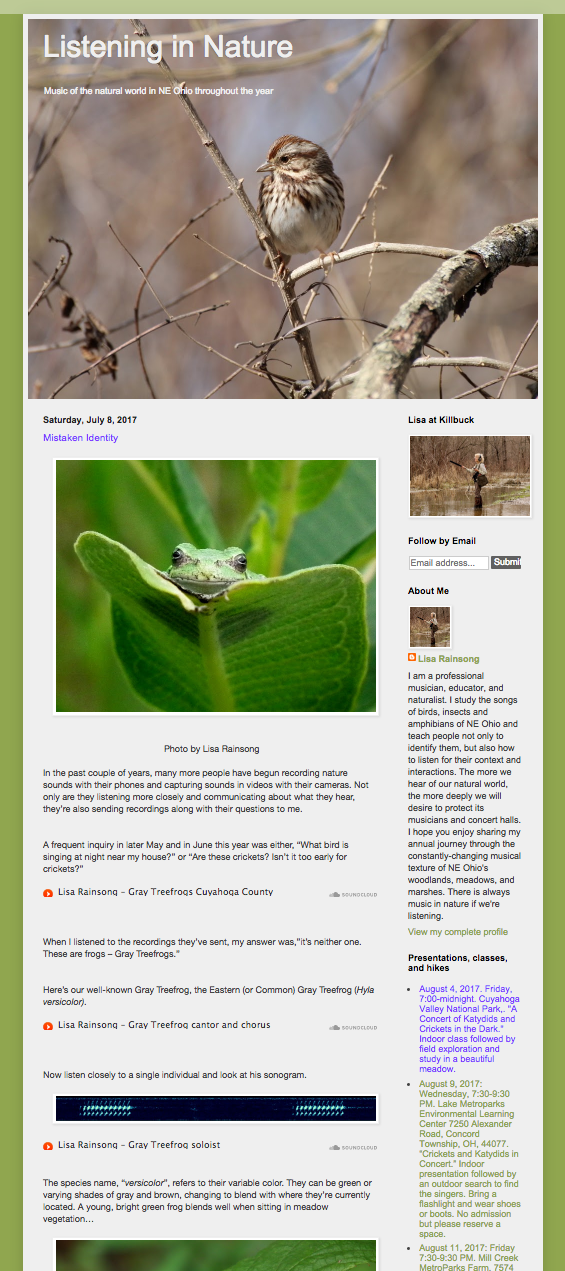
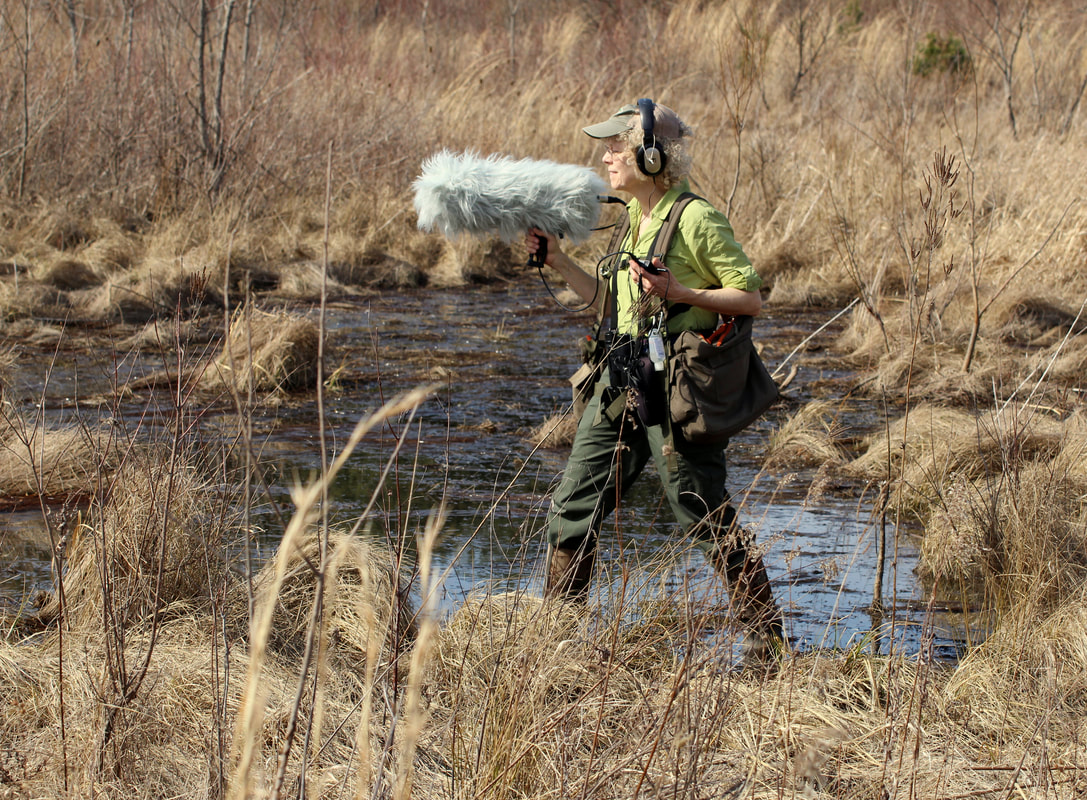
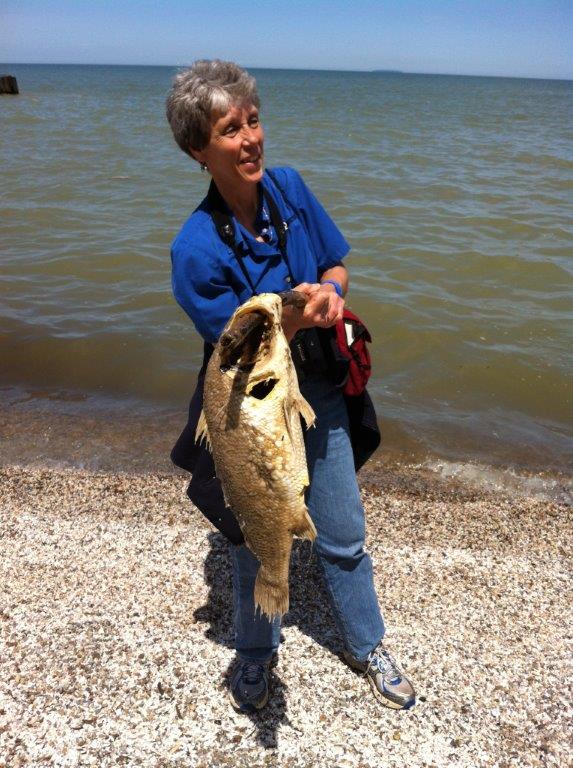






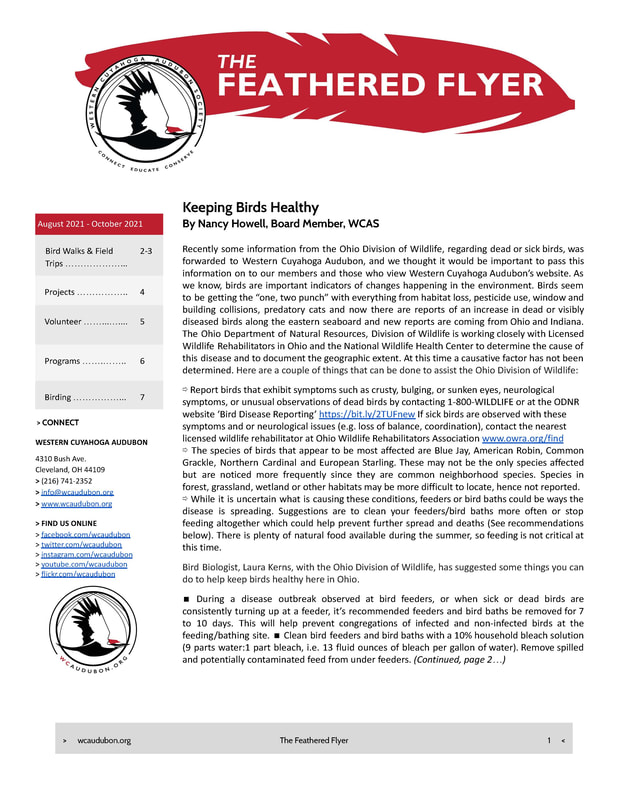
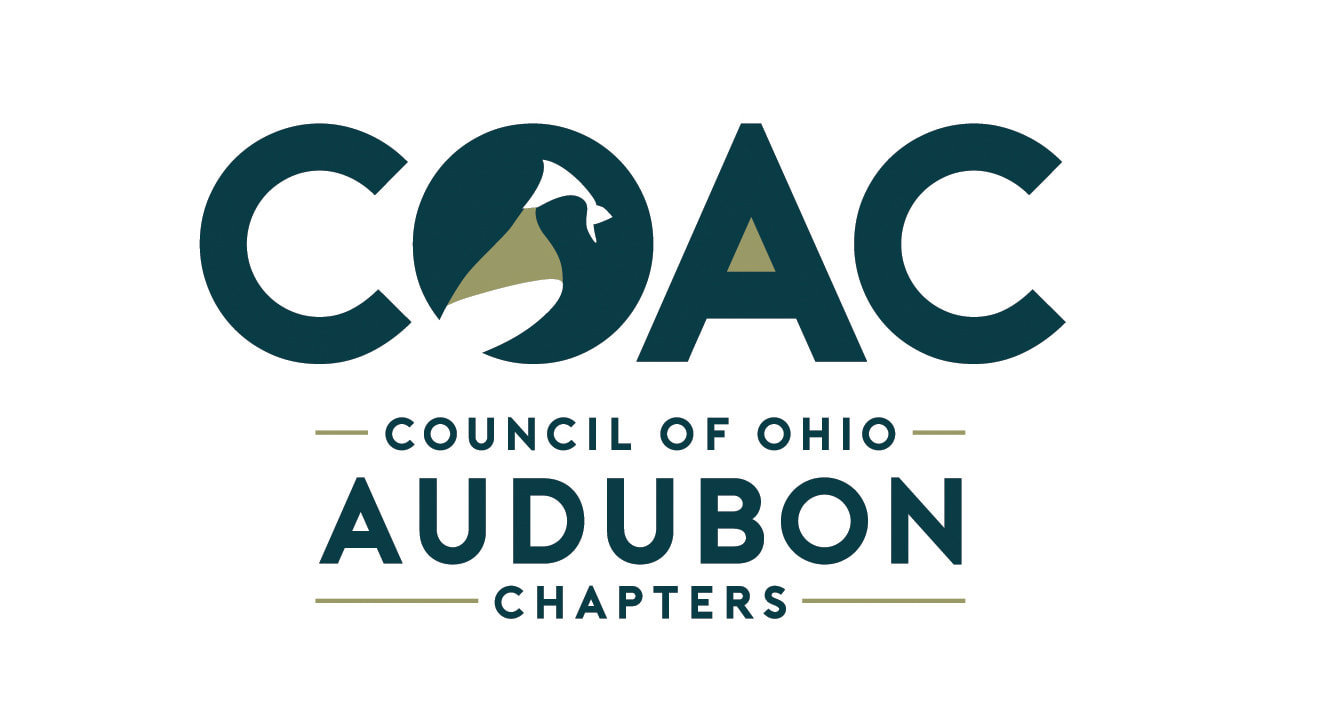
 RSS Feed
RSS Feed
